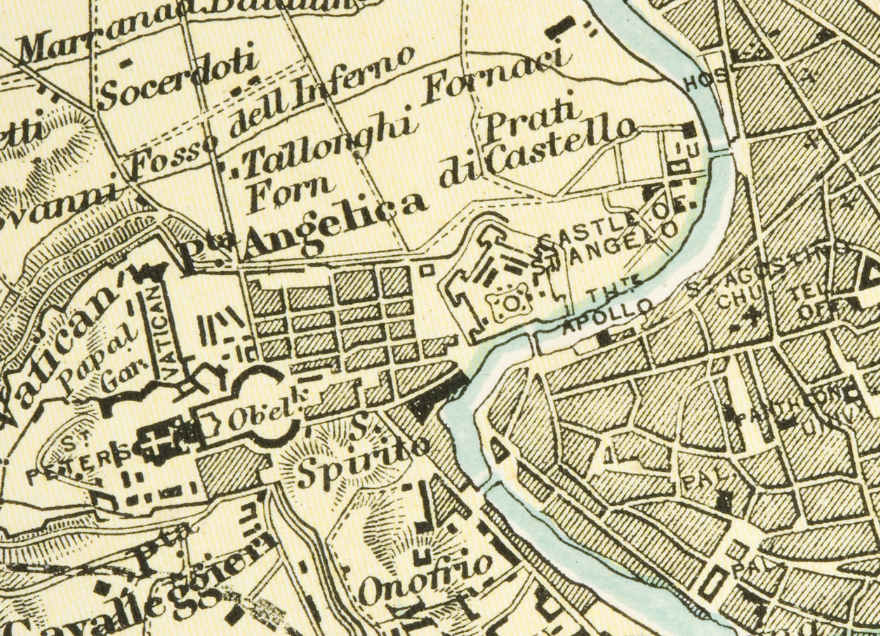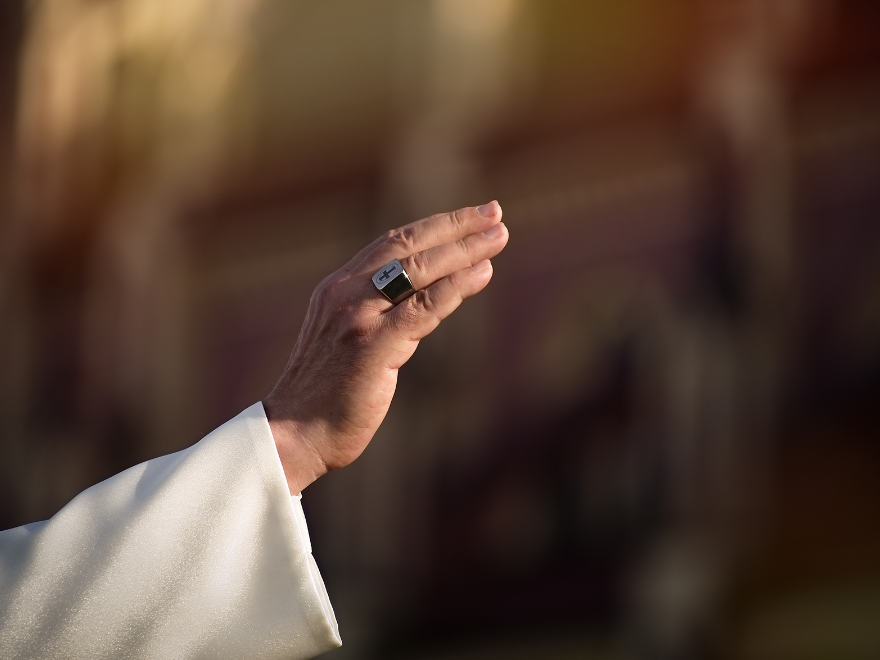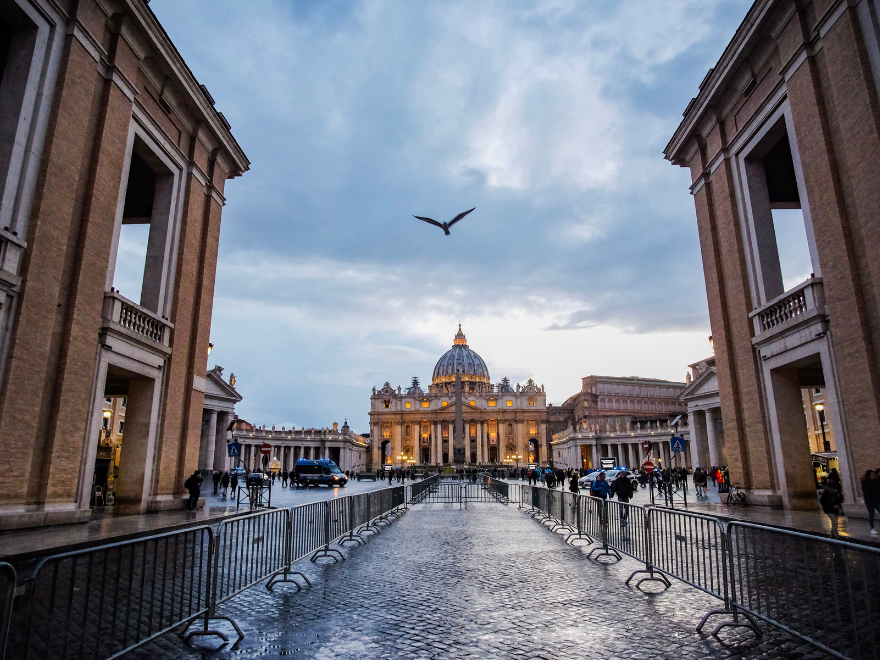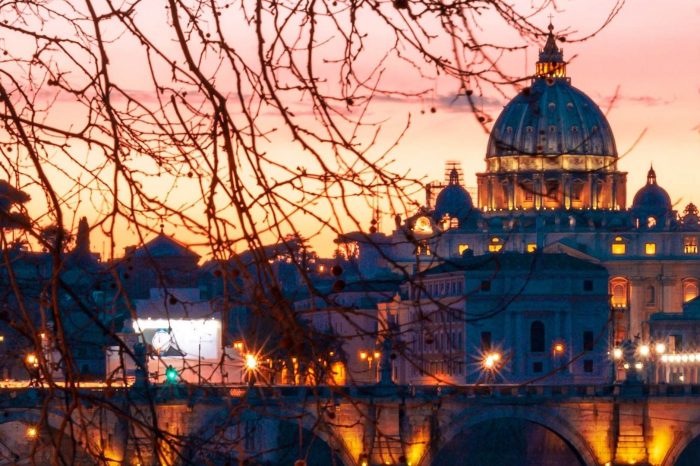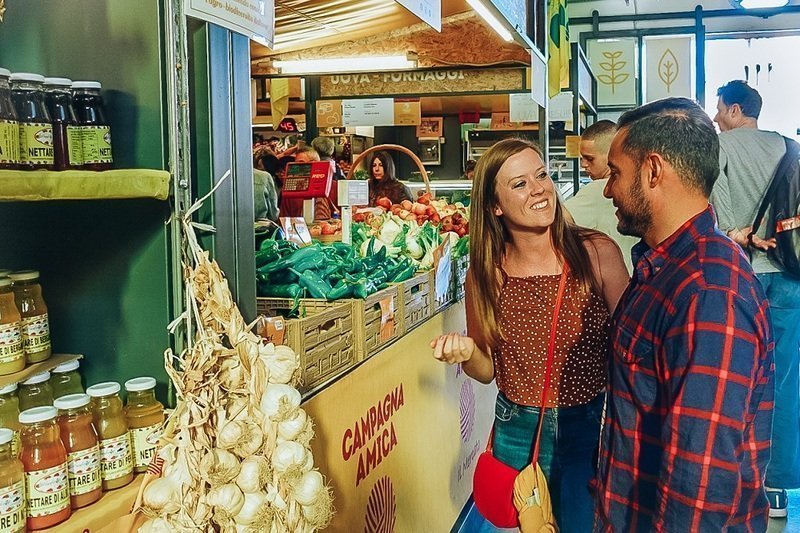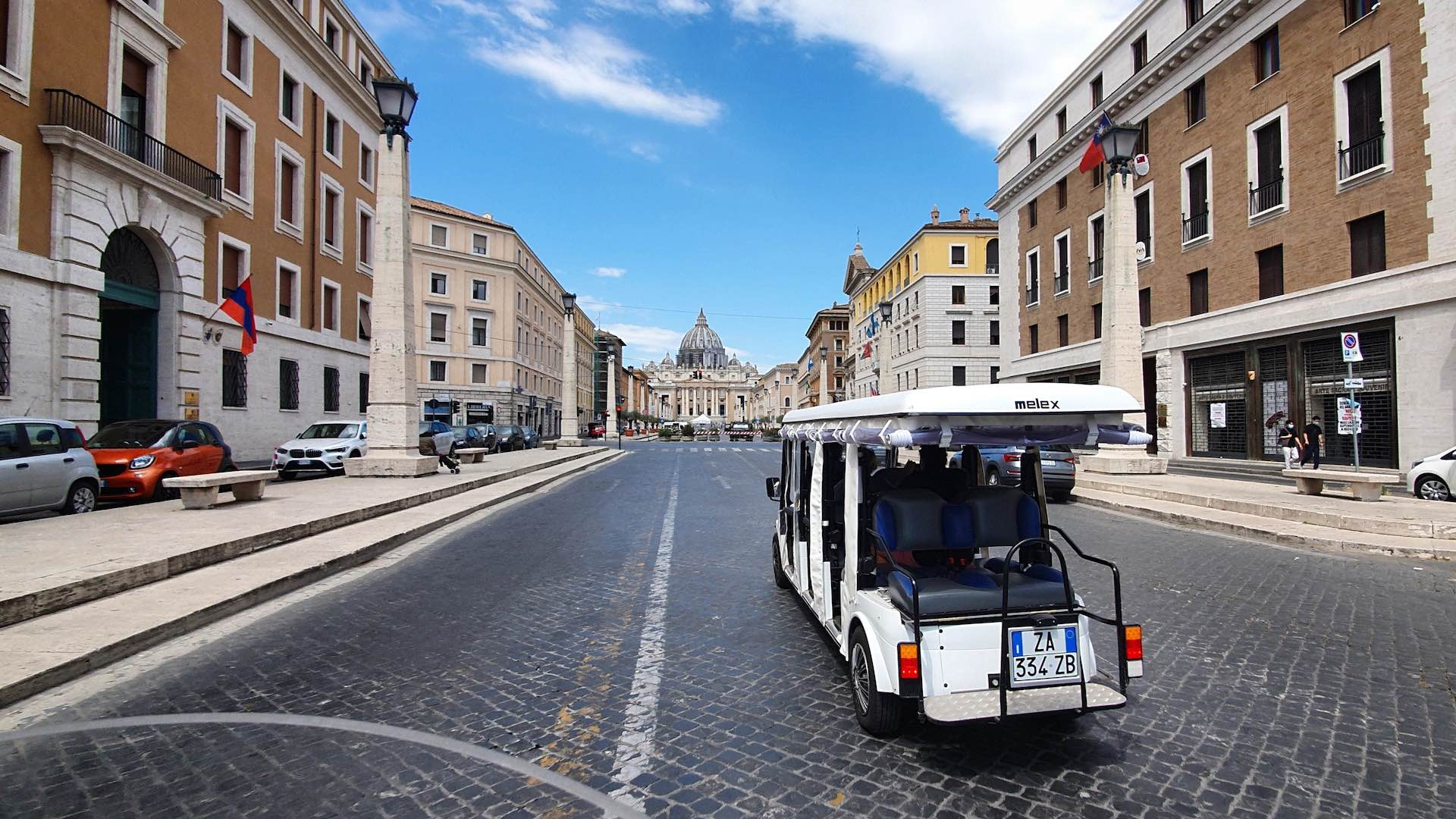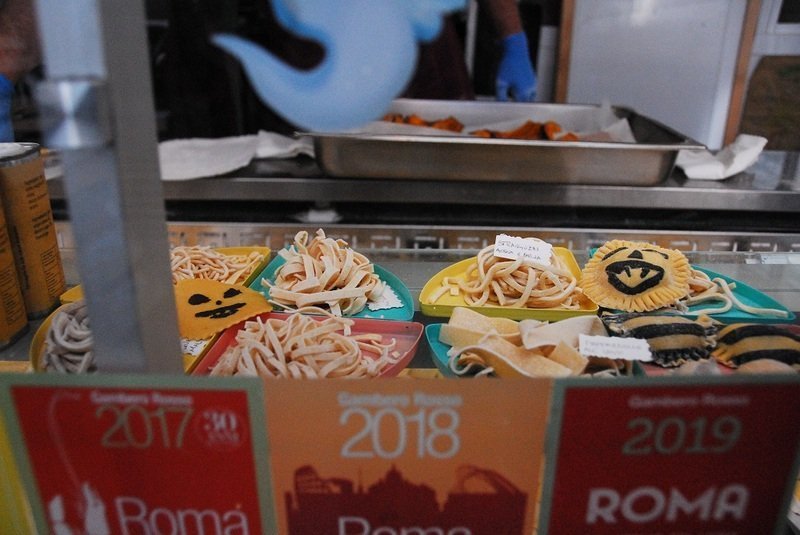If you ever seamlessly cross the ancient parameters of the Vatican from Rome, you may wonder to yourself:
“Is the Vatican a country?”
Is it really an independent state? Does it have any functions that are similar to that of a country, or is this speculation more for show?
What makes the Vatican a real country?
In the following paragraphs we will provide a more detailed explanation of this topic.
What makes Vatican City unique?
One of the most interesting facts about Vatican City is that it is the smallest country in the world.
How big is Vatican City?
You may only believe it when you see it; the Vatican is less than half a square kilometer. The Vatican City size in square miles, therefore, is approximately 0.17 square miles.
It was established in 1929 and is globally considered as the pilgrimage site for Catholicism. Masses of people flood it every single day, in appreciation and in reverence.
It is best known for St. Peter’s basilica, the collection of art in the Vatican museums, the Sistine Chapel with its striking frescoes by Michelangelo, and of course, the services held by the celebrity of Vatican City- the currently elected pope.
Vatican city monarchy
The country of the Vatican is a theocratic absolute monarchy ruled by the Pope. This means that he is the sole governor of the city-state and does so in accordance to some sort of theology- in this case, it is Roman Catholocism.
There have been 266 popes to have ruled Vatican City, starting from St. Peter, for whom the iconic St. Peter’s basilica was constructed.
How is the succeeding pope selected?
The pope is selected by the senior members of the clergy known as the Cardinals- they hold important positions both for the Vatican and the Holy See.
Around the time of the election they keep general meetings to discuss what is needed next from the new pope and the possible candidates. Then through a secret ballot system the Cardinals cast their votes. A pope is selected through a two-thirds majority win. If this ratio is not achieved in the first round, the clergy members reflect, pray on their decisions and then have a recasting ceremony.
The Holy See, which is often referred to, is the main body of governance for the Roman Catholic Church.
What is the capital of Vatican City?
The Vatican City capital is well… Vatican City itself.
A capital city is usually appointed for a country to serve as a concentrated area for political, administrative and governance affairs. It usually has historical and cultural significance as well. It becomes a sort of model on which to base the rest of the country on.
Due to the Vatican’s small size, there is no need to divide the state into different regions to serve different purposes. Its entire ground covers a densely historical place, known for its importance worldwide! Most buildings and activities in the country are political and administrative in nature, and therefore, it serves as its own capital city.
Does the US recognize the Vatican as a country?
Yes, the US recognizes Vatican City as a sovereign state.
Formal diplomatic relations were established in 1984 during Reagan’s governance.
The US and the Holy See maintain relations over international cooperation issues such as freedom in religion, human trafficking and other human justice topics.
The US does not provide aid to the Holy See, nor does it invest or trade with them. The legacy of their synergy remains strong to this day.
Why does Vatican City exist?
What is the purpose of the Vatican?
Once, the area that is now Vatican City was simply part of the papal states i.e. areas under the pope’s governance. These were scattered across the region of Italy. During the Unification of Italy, these lands started being absorbed by the Italian state instead. Through the Lateran Treaty of 1929 the Vatican became recognized as the pope’s official, independent state for his ruling.
This independence of the pope and the Holy See was crucial as it allowed them to operate freely on global issues related to peace-making and religion as well.
Having a sovereign spiritual center for the Catholic Church is globally imperative. It allows for stable leadership and less external political influence, making the charitable work of the Church the forefront of all activity.
It also allows for Christian teachings to be the face of justice and human rights.
Lastly, it allows for a potent, larger-than-life pilgrimage site in order to strengthen the faith of masses around the globe. This religious site is namely St. Peter’s basilica.
Does the Vatican have passports?
Yes, the Vatican issues out passports which are sleek, dark-colored and sophisticated, with the symbol of Pope Paul VI’s version of coat of arms embellishing the cover.
These passports are issued to its citizens, who are mainly officials and clergy members.
However, there is another passport that can be issued by the Holy See; these are particularly for those living in Vatican City that are employed for diplomatic services.
You may have correctly imagined that the Vatican passport is quite a powerful one.
It provides access to 146 countries in the world without the need of a visa, or guarantees a visa-on-arrival.
These passports are used for identification purposes within travel. They also demonstrate the right to live and work in Vatican City. Lastly, they help identify those people who can receive assistance by Vatican officials overseas.
As a tourist you do not need to show your passport to enter Vatican City! However, if you would like to explore some of its main attractions such as the Vatican Museums and Sistine Chapel, or you would like to skip the long lines queuing up to go inside St. Peter’s Basilica, opt for a guided tour. There are so many spectacularly special ways to experience this country in a day (or even at night!).

